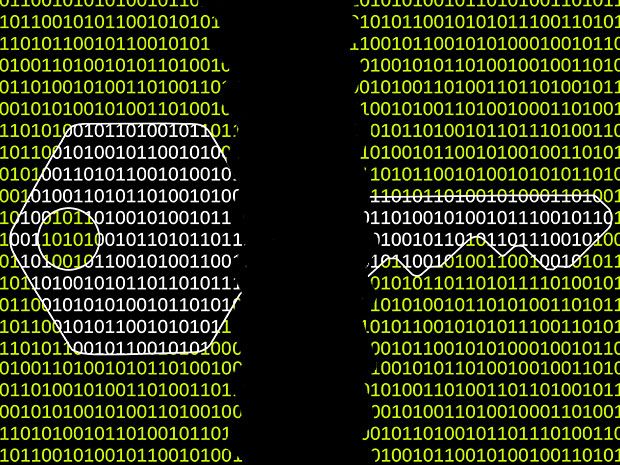For decades, the world’s digital infrastructure has relied on encryption as its invisible shield. From banking transactions to medical records, encryption makes data unreadable to anyone without the right key. But in 2025, concern is mounting that this shield won’t hold much longer. According to ISACA’s State of Digital Trust report, 67% of cybersecurity experts believe quantum computing will break encryption within 5–10 years, while only 4% of organizations are prepared for that reality.
The danger lies in quantum computing’s ability to solve mathematical problems exponentially faster than traditional machines. Encryption systems like RSA and ECC depend on the difficulty of factoring large prime numbers—a task classical computers would take millions of years to accomplish. Quantum computers, using Shor’s Algorithm, could crack them in a matter of hours. Worse, adversaries are already practicing “Harvest Now, Decrypt Later” attacks, stealing encrypted data today in anticipation of decrypting it once quantum machines mature.
Nations are racing to prepare. The U.S. is developing post-quantum cryptography (PQC) standards through NIST, with algorithms like Kyber and Dilithium leading the charge. China is pursuing quantum key distribution (QKD) and has already demonstrated satellite-based quantum encryption via its Micius satellite. The EU has invested over €1 billion into its Quantum Flagship Program. Meanwhile, developing regions risk falling behind, leaving sensitive government and business data exposed in the long run.
For organizations, the path forward is adopting crypto-agility: the ability to switch cryptographic systems quickly as standards evolve. Companies must assess which data has long-term value (like health records or state secrets) and begin protecting it with hybrid or quantum-safe solutions.
The clock is ticking. Whether the quantum breakthrough comes in five years or fifteen, the threat is inevitable. The time to prepare is not when quantum computers arrive, but now.

